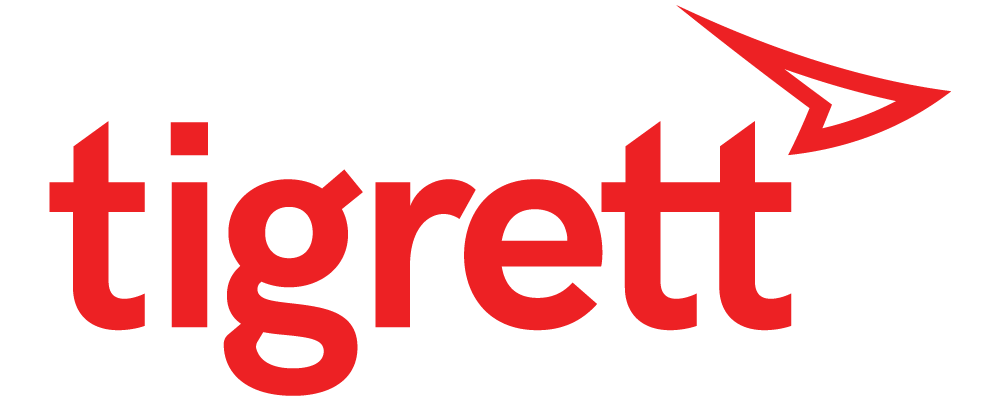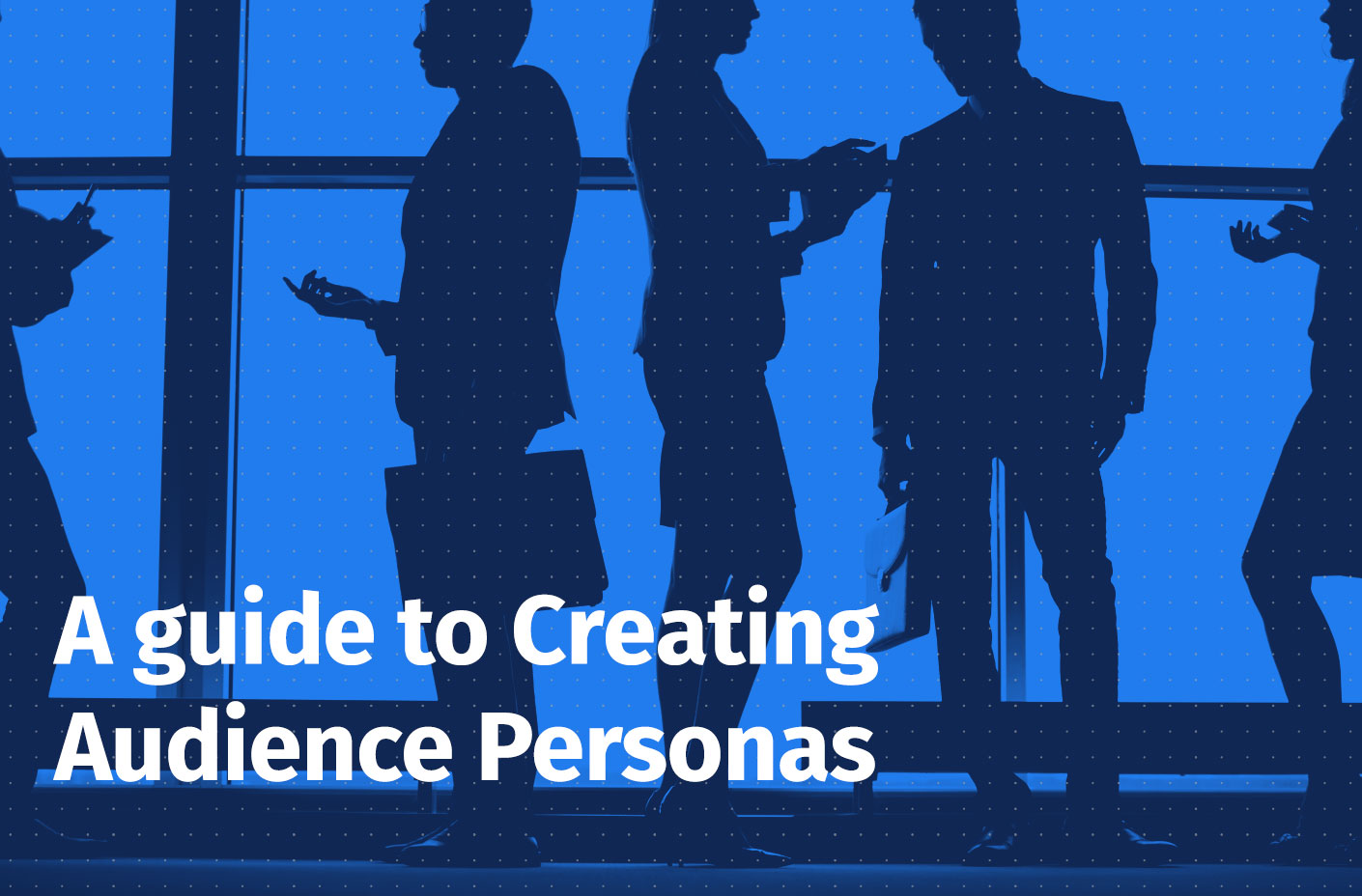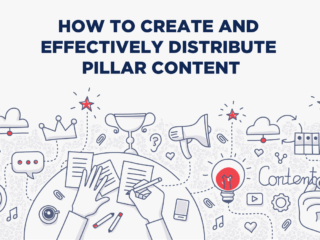A Persona Development Framework to Help Identify Your Core Audience
This post is written towards the small business owner, who likely owns a one-to-a-few location small business employing 1-25 employees with an annual gross revenue of less than $2MM who doesn’t have an agency of record, likely does not have an in-house marketing team, is most likely handling the business’ marketing obligations on top of handling the day-to-day business requirements.
Does this sound like you?
Well, that’s an example of a persona. Created using a blend of data and educated guesses. You might share all of, a few of, or none of those traits. But, it’s an example of clearly identifying your ideal audience and then creating content which aligns to their needs and expectations.
Developing personas is a relatively simple exercise with the proper framework. In this

Top Level Breakouts
My process typically involves picking out a few very high-level but differentiated characteristics. Sometimes these can come from first hand experience, by asking floor-level employees, or through light data analysis.
Examples could be by job title such as a small business owner, marketing manager or chief executive officer. Or it could be broad stroke lifestyle characteristics such as college student, young professional or stay at home mom.
I recommend starting with three clearly differentiated top level personas which will be further defined as we continue.
Demographic Definition
Once I have my differentiated top level personas I begin creating demographic breakouts for each specific persona. Like before, this can be approached from a data point of view or even by building best guesses based on experience.
I start by defining age ranges. These are usually unique to each persona with limited overlap. For example, our stay at home mom persona could be 25-34, while our young professional is 18-24. Again, there will always be outliers no matter where you set your age limitations. You’re aiming for the core age ranges which encompass the bulk of your audience.
After age, I’ll also look at defining gender (or how the persona may skew in one direction), relationship status when appropriate, household income and media consumption habits.
By now, you should be looking at a persona like:
- Stay at Home Mom
- 25-34 years old
- Married with a combined household income of $50-$80,000
- Primarily consumes content through social media and streaming services
Event Based Definitions
Once I have the top level definition in place and I’ve defined demographic information, I’ll begin looking at event based differentiators. For example, I will typically include the most likely professional event which might involve beginning their first career position, taking on a leadership role or elevating to a c-suite level.
Next I’ll include the most likely personal life event. This often involves items such as preparing to have children, purchasing a home, or striking a work-life balance. Again, not likely to be events which directly tie to your content marketing, but it gives you further insight into who you’re speaking to.
Additionally, I’ll identify common activities or hobbies such as going to music events, seeking out unique restaurants, vacationing or outdoor lifestyle activities.
Lastly, I’ll try to define what their common challenges are. Common challenges are often items such as keeping up with technology trends, remaining fashion forward, staying current with world events or even time management.
Your persona is now much more defined:
- Stay at Home Mom
- 25-34 years old
- Married with a combined household income of $50-$80,000
- Primarily consumes content through social media and streaming services
- Most likely personal life event involves managing the day-to-day household activities
- Common activities include social groups, lunch and dinner dates, recreational shopping and visiting the gym
- Common challenges relate to time management, maintaining social relationships and maintaining financial health
Market Reactions
The final step to most of the personas I defined are identifying common marketing objections and what forms of marketing they are responsive to.

Common marketing objections can be as basic as a highly-affluent persona having a negative reaction to a coupon type promotion because it makes the brand appear cheap. Vice-a-versa, a low-income persona will have a negative reaction to a brand marketing a high-cost luxury experience outside of their means.
On the other hand it’s important to identify the types of messaging and content an audience is responsive to which can help steer creative direction. Examples could include identifying a persona which is likely to respond to time-saving messages, personas which respond to coupons or discounts, or a persona which responds positively to an early access or exclusivity type message.
Finally, your persona should be complete:
- Stay at Home Mom
- 25-34 years old
- Married with a combined household income of $50-$80,000
- Primarily consumes content through social media and streaming services
- Most likely personal life event involves managing the day-to-day household activities
- Common activities include social groups, lunch and dinner dates, recreational shopping and visiting the gym
- Common challenges relate to time management, maintaining social relationships and maintaining financial health
- The stay at home mom will commonly reject marketing messages relating to luxury experiences, high-cost events, or messaging aimed at a younger audience
- The stay at home mom is responsive to messages which focus on personal health and wellbeing, time conscious solutions and discounted family experiences
Putting Personas Into Practice
I find a lot of business owners or marketers approach their core demographic from a very high-level. 25-54 living in Arizona who likes to go out to eat…
While this strategy can work from a traditional marketing standpoint, when it comes to content production and digital ad targeting, there are clear advantages to knowing exactly who a piece of content is targeted at. When a piece of content is aligned closely to a targeted persona, a visitor that falls within that persona is much more likely to enjoy and share the content out among their groups attracting more of that similar audience back to the content.
I also find that many people won’t pursue personas because they don’t feel they have the data or technical ability to define a few different sets. This is a big miss. Personas defined off of your best guesses, or even who you’d like to attract can positively impact an overall marketing strategy by helping define which types of content will be most beneficial, where it should be distributed to and what type of message needs to support the distributed content. This helps content creators break through the writer’s block that slows down the content production machine.
Following this very basic framework for developing your first set of personas will help get your content marketing strategy on track, and if consistently delivered, will drive positive business growth.



